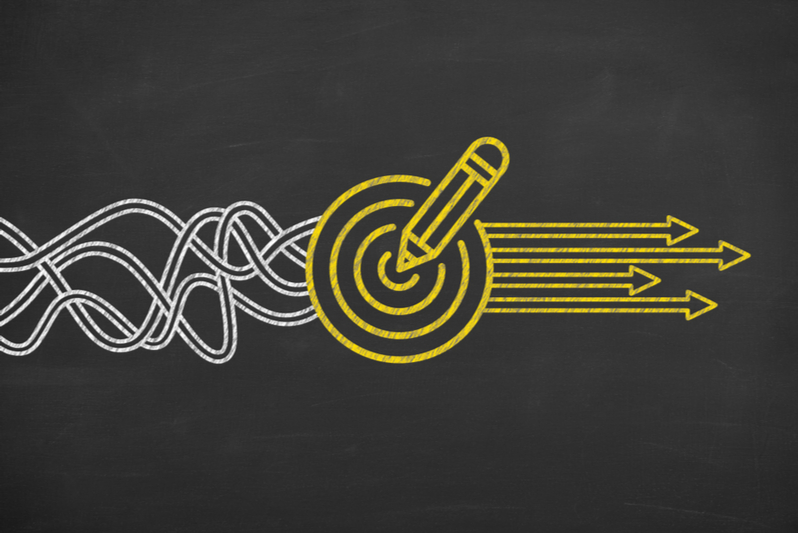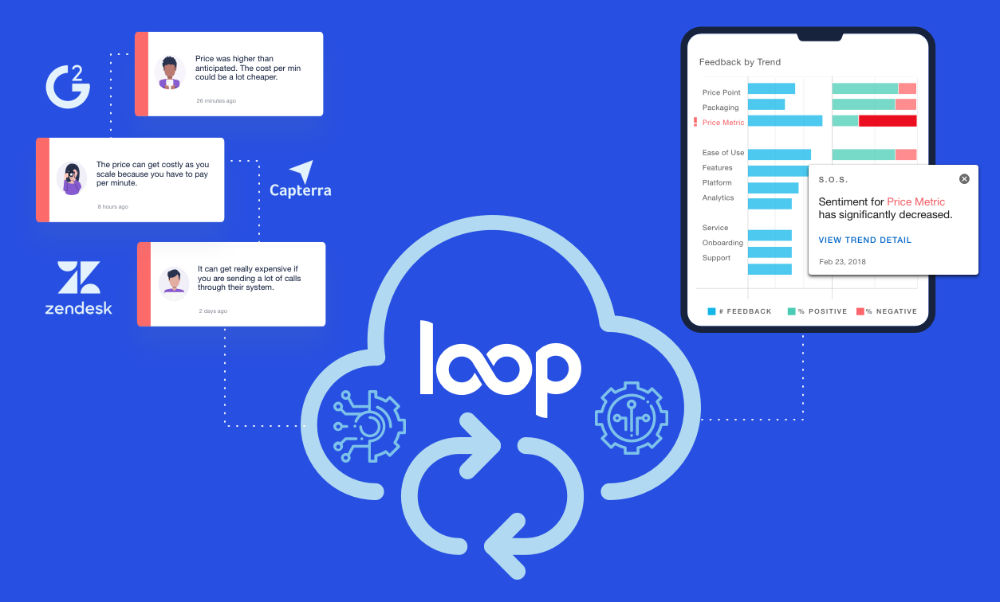Home » Supporting Customers and Employees Through Pivotal Change – An Interview With Zendesk’s Peter Neels
Supporting Customers and Employees Through Pivotal Change – An Interview With Zendesk’s Peter Neels
Madeline Turner

There has been a massive shift taking place in the SaaS industry over the last month.
We’ve transitioned to fully remote work. We’ve shifted priorities from building pipeline to protecting revenue and preventing churn. We’re now responsible for helping our customers realize measurable results with our products while thinking of new ways to provide value quickly.
What’s become most clear through these circumstances is that the relationships we’ve built with our employees and our customers are more important than ever.
Serving 150K customers globally, Zendesk is acutely aware of how pivotal these times are for their employees, their customers, and the markets their customers serve.
I spoke with Peter Neels, Director of Customer Experience Strategy at Zendesk, about the steps their company has taken to support customers and employees through this time as well as the long term implications these circumstances will have on our industry.
What are some of the biggest challenges you see facing Zendesk customers right now?
- Handling the volume of tickets. Organizations have been struck with a massive uptick in ticket volume as customer bases need more help from vendors, specifically in the areas of licensing, volume, optimization, and financial help.
- Managing the financial distress of their own customer base. The economic impact has many organizations struggling to keep up with the invoices. In these situations, there should be an escalation team set up that is managing those relationships on a case by case basis. This is a time where we need to truly understand the overall customer experience and the distress it has put on many of the smaller SMB businesses.
- Need for increased bandwidth of technology and agents. With the increase in case volume and contact across channels, this is forcing companies to optimize their volume management with people, process, and technology. We’re seeing a greater need for automation, best practice sharing, and the use of bots to help direct customers to the right channels and information.
- Building out new offerings. New problems create the need for new solutions. Across the industry, we’re seeing organizations creating new bundles and offers that better match the needs of what customers need right now, and in such a way that can be easily consumed and quickly enabled by customers.
- Connecting needs to social impact. At Zendesk, we’re also working to identify opportunities to be even more effective by exposing organizations to local agencies or nonprofits that are getting hit hard from COVID-19.
What are some of the ways that you’re helping guide customers through the transition?
- Contacting customers proactively. With the increase in need for help in licensing and volume, we’re putting together plans to help our customers and the market with process and technology optimization. Additionally, we’re identifying ways to add new channels to help support organizations manage the volume and tracking of issues.
- Bundling potential services. We’re producing bundled services that we’ve identified as the most critical needs a company would has to quickly get a contact center up and running in a short timeframe. Example services include, voice, chat, text, support and knowledge with basic reporting.
- Showing up. The long term implications of the changes we make now will be on the relationships with customers and prospects. How you show up during hard times will impact how you’re viewed by customers. We want to be seen as a partner that they want to do business with based on the interactions and proactiveness delivered. Relationships are key during this time.
How should SaaS companies think about showing up for their customers now and in the future?
- Value-based services. One of the key areas to assist your market during this time is to offer value-based services, specifically in the areas of best practices and proactive support. For example, best practices can be the sharing of information that the company has collected by helping others. I also recommend looking for an opportunity in the marketplace to offer helpful resources based on data.
- Building bundles and connections. Think about the people or organizations in your network that provide a service or offering that can be bundled with your offering and add even more value to the services you provide.
What should organizations be prioritizing for customer success and customer experience moving forward?
- Prioritize your people. Keep your employee base healthy and ready to go from running a marathon to running several 10K’s. The pace will be much greater and companies will be looking to build out home-based platforms and disaster recovery options. The new environment will include a large base of remote employees and it will be critical to have a plan for how to best manage and keep employees engaged.
- Build even stronger relationships with customers. From a success standpoint, companies will need to be looking to build even stronger relationships with their customers and build out their platforms to enable companies to be more resilient and proactive in nature.
What technologies or strategies do you see becoming increasingly important for B2B SaaS?
- Better integrations of platforms and data. Technology has the ability to listen and be more predictive, which continues to become more critical for us to offer value at scale and make impactful decisions quickly. This goes for how we support our customers as well as our employees. It’s essential to build out stronger community platforms where remote collaboration is empowered.
- Integrated remote video technology. It’s critical to all of our success that we embrace technology that prevents disruption. Building remote video capabilities into our platforms to enable customers and clients to engage and share information more seamlessly will become key.
The biggest takeaways for your organization:
- Prioritize your people (both your customers and your employees)
- Be responsive to customer needs (as customer needs shift, your offerings must, too)
- Learn from this moment (we’ll come out of this, and when we do we must come out with new ideas for how we continue to deliver value to our customers)
If your company is looking for a way to identify the biggest trends and customer insights coming through your Zendesk support tickets, check out Loop’s Zendesk integration in the marketplace. Loop surfaces customer insights quickly and at scale so that customers can continue to focus on providing value to customers.



